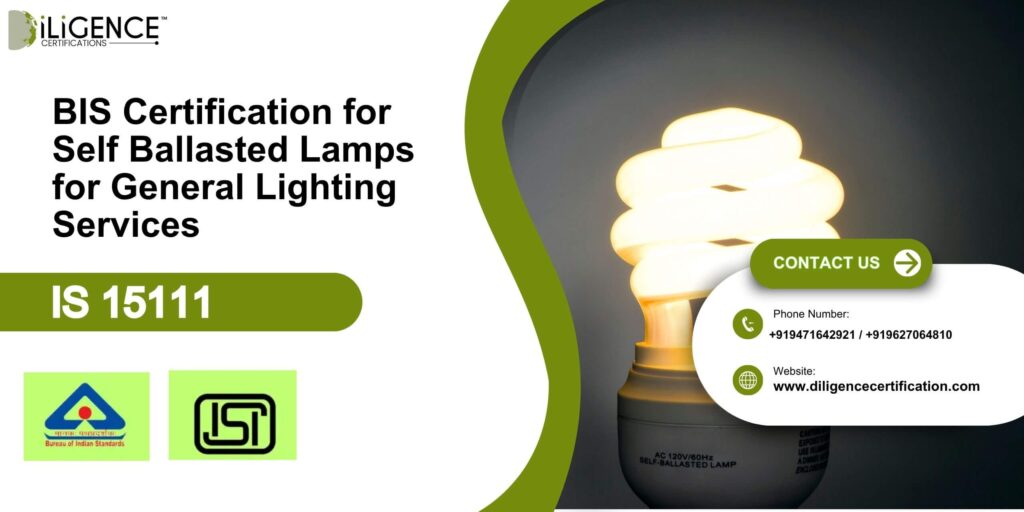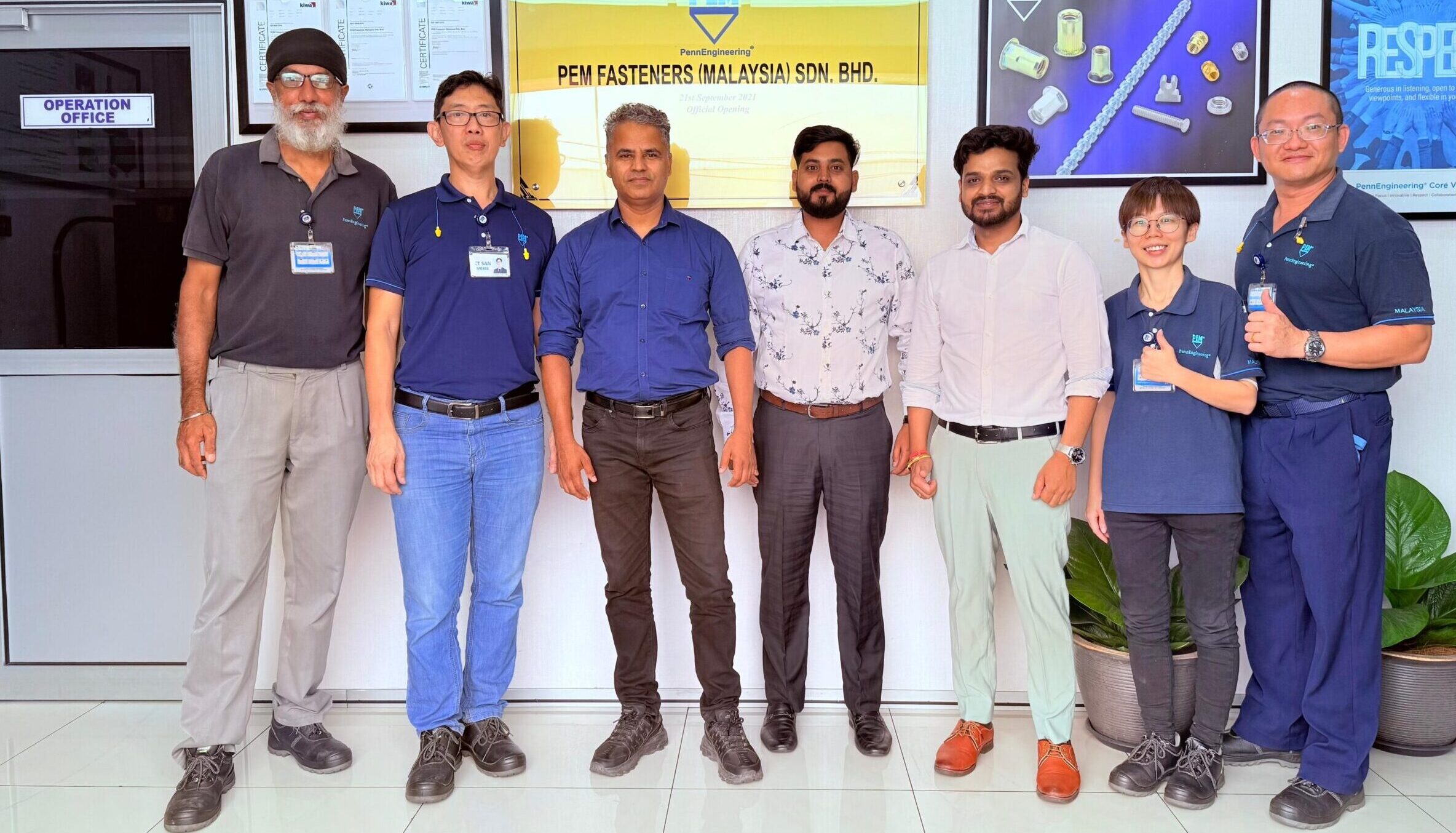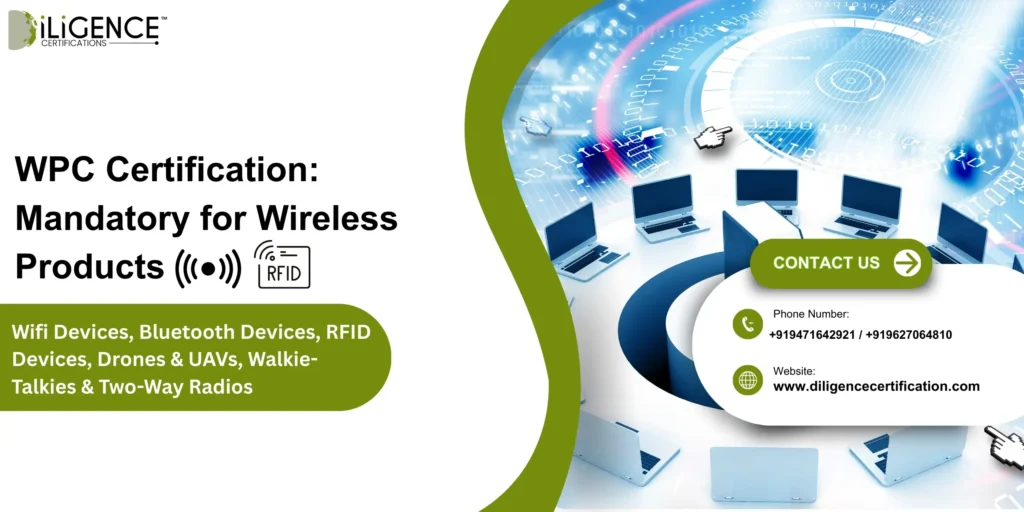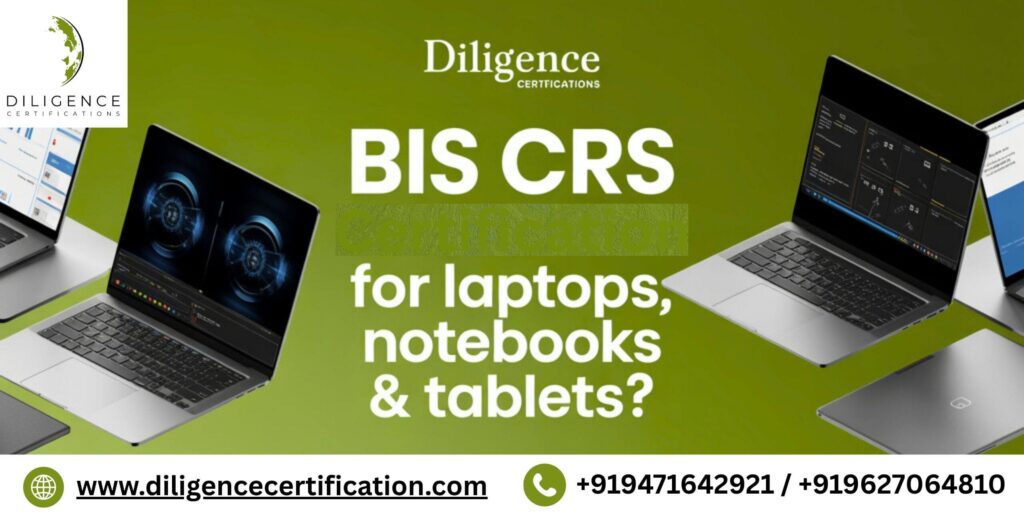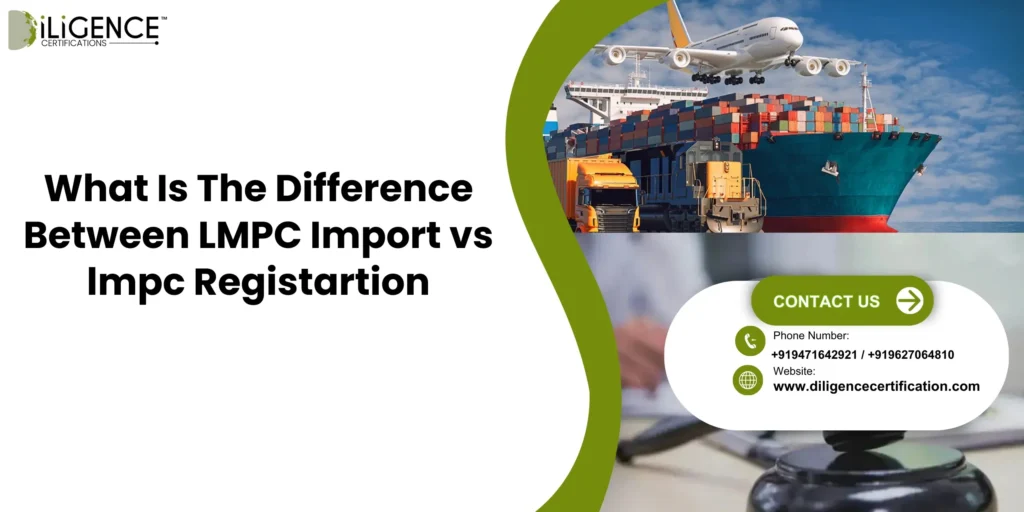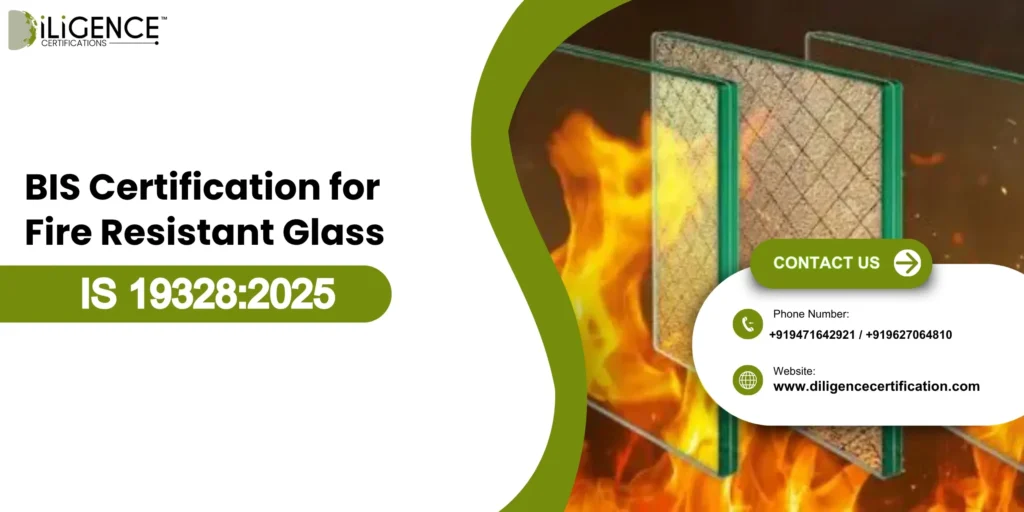- Design Integration – A self-ballasted lamp consists of the Self Ballasted Lamps and the ballast, in one convenient unit that requires the use of just a socket for connection, making installation in residential, commercial and industrial settings easier than previous installations that required a separate ballast and lamp system.
- Conservation – These types of lamps (especially LED variants) consume less electricity than traditional incandescent or fluorescent lamps, which equals reduced utility bills, while providing constant lighting generation.
- Extended Life – The ballast being in the lamp greatly reduces electrical strain on the lamp so you experience a longer life that results in a reduced lamp replacement rate and reduced maintenance costs related to replacing lamps.
- Safety – Self-ballasted lamps that have a BIS certification are rated to meet all Indian safety standards to provide protection to users from electric shock, fires, and other electrical safety hazards.
- Widely Used – Self-ballasted lamps are capable of satisfying general lighting needs for a variety of residential, commercial, and industrial settings, providing quality uniform lighting generation, performance, and easiness in the retrofitting process for existing fixtures.
Introduction
Last year, a Mumbai-based commercial property repeatedly dealt with electrical troubles resulting from poor-quality light fixtures. The facility manager changed out lamps on a consistent basis, but complaints continued to come in. That is when the facility manager decided to change course and invest in BIS Certification Self Ballasted Lamps for General Lighting Services. In just a few months, operational issues dropped, energy bills went down and the client now reports improved satisfaction.
This is not a unique problem here in India. Many businesses may not know that they are using hazardous and non-performing fixtures by not using a certified lamp. If you are using a lamp that does not have a certification, you are exposing yourself to liability, performance issues and possibly non-compliance. BIS-certified self-ballasted lamps simply correct all of these issues by providing a standardised performance lamp, assurance for safety and long-term reliability.
What is BIS Certification for Self Ballasted Lamps for General Lighting Services?

A certification for self-ballasted lamps is to verify that integrated lighting products such as these comply with Indian standards for safety, performance, and energy efficiency. With a self-ballasted lamp (integrated lamp and ballast in one device), the installation is easy and can provide uniform edgeless light while meeting the consumer’s requirement for maintenance-free task lighting. In general, the Bureau of Indian Standards (BIS) certifies all self-ballasted lamps to demonstrate they are safe for residential, commercial, and industrial usage and comply with regulations, as well as standards for energy savings.
- Safety: eliminating concern of electric shock, short circuit or fire hazards.
- Performance: consistent illumination, color rendition, and stability.
- Energy Efficiency: complying with Indian standards for reduced energy consumption.
- Durability: providing longer lifetimes for reduced maintenance and replacement.
- Regulatory Compliance: meeting the requirement of the standard and legislation for general lighting in India, as well as providing confidence for consumers.
What is Safety Requirements & Performance Requirements
Safety Requirements
Safety requirements are designed to ensure that lamps do not expose users or property to hazards during the use of lamps. For self-ballasted lamps, safety is particularly critical, as the lamp and ballast are closely combined. Safety considerations primarily include:
- Electrical Safety: Protection from voltage shocks, short circuit and overload.
- Thermal Safety: The lamp should operate at high temperatures without melting, distortion or fire risk.
- Mechanical Safety: The lamp should withstand vibration, dropping or impacts without breakage, exposing live parts.
- Insulation and Earthing: Insulation of live parts to prevent accidental contact and proper earthing to electrical safety.
- Standards and Certification Compliance: For example, BIS marks means the lamp follows Indian standard (eg IS 15111 for LED) under normal use.
Performance Requirements
Performance specifications reference the usability of the lamp and its ability to accomplish its intended task over rated life. The following are the performance characteristics specified for general lighting applications:
- Luminous Efficiency: The lamp should be able to produce consistent output (in lumens) based on the amount of energy consumed (in watts).
- Color Rendering and Temperature: The lamp should produce a natural light (indicated through CRI and Kelvin) that is suitable for the provided space.
- Life: Longer rated life and very little flicker or perceived change over time. Start-Up & Operating Performance Consistency. Capable of providing full output with no delay upon initial turn-on and capable of providing consistent performance with little or no perceived failure while in operation.
- Energy Efficiency: Specifications for energy efficient light sources are now more important than ever for both commercial and residential applications.
Overview of IS 15111?

IS 15111 is an Indian standard that has been established by the Bureau of Indian Standards (BIS). The standard defines a self-ballasted light-emitting diode (LED) and provides a benchmark for safety, performance, and quality of self-ballasted LED products for general use. IS 15111 simply means that the certified product is safe for use in the residential, commercial, and industrial market; is energy efficient; and is reliable.
IS 15111 defines the following for self-ballasted LED products:
- Electrical Safety: discussing protection from electric shock, insulation of electrical components, and intended for consumer use.
- Thermal & Mechanical Stability: the lamp is stable under expected operating temperature (+/- 10%), is resistant to shock from vibration, and resistant to minor impact as expected.
- Photometric Performance: terms such as lumen output, color temperature, and color rendering index [CRI] is defined in the IS 15111 to ensure performance characteristics for this product, with the documentation of quality of light with regards to texture or distortion of the light. ISI MARK
- Energy Efficiency: discusses the quantity of energy used per luminous output with regards to energy-efficiency in lighting.
- Durability and Life Span Stability: life span is documented, as well as reliability of start-ups and durability with respect to strobing or other catastrophes that may lead to failure.
Importance:
IS 15111 makes certain that the self-ballasted LED lamps are safe, reliable, and appropriate for residential, commercial, and industrial lighting in India. Compliance with this standard is a prerequisite for BIS Certification, which promotes confidence in the quality and performance of the product for the manufacturer as well as user.
Why BIS Certification is Mandatory for AC Self Ballasted Lamps for General Lighting Services Under IS 15111
In India, there is a legal requirement for all AC self ballasted lamps to be BIS certified for reasons of safety, performance, and energy efficiency. AC self ballasted lamps are typically used in residential, commercial, and industrial settings and are devices that work on alternating current (AC) power and have the ballast component built into the lamp. When such lamps are not safety certified, they can present serious safety concerns and risks to consumers and their property.
- Safety Assurance – AC self ballasted lamps operate at mains voltage. The BIS certification offers assurance that the lamp will protect users against electric shock, short circuit, overheating, and fire. These risks are eliminated or reduced for the safety of homes, offices, and factories by having BIS certified lamps.
- Performance Reliability – Self ballasted AC lamps that are BIS certified have been tested against Indian standards such as IS 15111 (LED) and IS 15102 (CFL). Being BIS certified assures consumers that they will have guaranteed performance in terms of brightness, color rendering capabilities, and operation light stability.
- Energy Efficiency & Sustainability – BIS lamps are energy efficient and meet energy efficiency standards so that, while you are decreasing electric use with these lamps, you are also contributing to national energy efficiency savings.
- Consumer Confidence & Market Acceptance – Certified lamps provide customers some assurance of quality and reliability. Many building owners and facilities managers prefer to use a ‘certified’ lamp product because it provides some assurance of safety, simplicity, and effective treatment for a lighting application.
Key Features of BIS Certification
- Assurance of Safety: Presence of protection against hazards such as electric shocks, short-circuits, overheating and fire hazards is ensured by a BIS Certification. Thus these are safe for home, commercial and industrial applications.
- Assurance of Performance: BIS certified lamps are designed and manufactured to provide brightness, stability of performance, colour rendering, and flicker free performance, at par or exceeding Indian Performance standards i.e. IS 15111 for LED lamps. IS 15102 for CFL’s.
- Energy Saving: BIS certified self-ballasted lamps have the assurance of energy efficiency and provide sustainable lighting solutions while operating at less than expected costs.
- Durability and Reliability: BIS certified lamps have been thoroughly tested for long life, thermal and mechanical stresses, with a low maintenance factor.
- Compliance and Regulation: BIS registration is requisite to market and use in India, and assurance of compliance with government regulation will avoid financial penalties.
- Consumer Confidence: The BIS mark can provide a consumer peace of mind for product quality, reliability, and safety thus enhancing their confidence in use for housing, commercial, and facilities applications.

Step-by-Step Process of BIS Certification for self Ballasted Lamps for General Lighting Services
Step 1: Submission of the Application to BIS
- The manufacturer submits an official application to the BIS with the description of the product stating where applicable the technical requirements and the test reports.
- The application shall include the plant’s information about its manufacturing facilities, production rates and quality control measures.
Step 2: Product Testing at BIS Approved Laboratories
- The lamps are sent to the approved laboratories by the BIS for rigorous testing.
- The testing includes electrical safety, thermal stability, photometric performance (brightness, colour rendering and quality) and mechanical strength.
- Only products meeting standards such as IS 15111 (LED) or IS 15102 (CFL) are sent on to Step 3
Step 3: Factory Inspection
- After product testing is complete, an official from the BIS or a BIS representative visits the manufacturing plant to conduct a factory inspection.
- The official inspects the actual manufacturing of the lamps, quality control system and standard operating procedures.
Step 4: Grant of BIS License
- After satisfactory completion of both product testing and factory inspection. The BIS presents the manufacturer with a certification license.
- The manufacturer is now permitted to use the BIS Certification Mark on the lamp, permitting them to legally sell the lamp in India.
Step 5: Ongoing Surveillance and Quality Control
- BIS regularly audits the manufacturer’s facility.
- Random samples of the product are tested to ensure that it continues to comply with safety and performance, etc.
- If there is noncompliance, BIS can suspend the product or withdraw the certification.
Benefits of receiving BIS Certification for Self Ballasted Lamps for General Lighting Services
- Safety Assurance: Provides assurance about safety from shock, short-circuit, overheating, and fire problems.
- Assured Performance: Assured amount of light, and quality of color rendering, and flickering performance.
- Energy Saving: Includes energy-saving amounts that help with use and expense-related cuts.
- Durability and Maintenance Minimization: Longer life and less replacement than in a product that did not achieve rigorous testing.
- Regulatory Compliance and Assurance: Assurance of compliance and assurance of purchase, and companies and facilities.
Timelines, Costs, Validity & Renewal
- Timeframes: 8–12 weeks for testing, inspection, and approval.
- Expenses: Certification will include the costs associated with your application fee, lab testing, and annual license fees.
- Validity: Certification is valid for 3 years.
- Renewal: Renewal will require updated compliance documents and may include surveillance audits.
Why Choose Diligence Certifications
- Expert assistance: Experts in BIS Certification for self-ballasted lamps.
- All the way: Help from documentation through the factory audit.
- Fast approvals: More streamlined approvals for your certifications.
- Complete confidence: Advice on compliance and product performance.
- Provided you a trusted source: Trusted by leading brands as your reliable, hassle-free option.
Conclusion
BIS (Bureau of Indian Standards) Certified Self Ballasted Lamps are WEGS Generator Technology for General Lighting Services (referred also to as LED lamps or LED bulbs), providing assurance that your lamps are safe, energy-efficient, and compliant with current regulations. Certified self-ballasted lamps protect the user from electrical hazards and provide assurance of the user’s safety, product reliability, quality and efficiency (energy savings, long life).
From a manufacturer’s or business viewpoint, the certification provides credibility, trust, and acceptance by the consumer. Partnering with a certification agency with experience such as Diligence Certifications, allows for a more streamlined process, even more so with the use of our compliance testing to advance the management and testing of compliance, so that your product can achieve compliance with all Indian standards faster and easier.
Frequently Ask Questions
1. What does self-ballasted lamps for general light service mean? A self-ballasted lamp is a lamp and integral ballast combination that can be easily used in homes, offices, factories, etc. 2. Why does self-ballasted set for light service have a BIS certification in India? BIS certification gives consumers assurance that the self ballasted lamps will be safe, will perform, and will operate in an energy efficient manner according to Indian standards. A user can be assured that self-ballasted lamps are safe from electrical shock, fire, and other potentially dangerous performance issues. 3. What is the IS 15111 standard for self-ballasted lamps? IS 15111 outlines the requirements for safety, performance, energy efficiency, and service life for self-ballasted LED lamps designed for generalized light service use. 4. How is self-ballasted lamps made more safe with a BIS certification? BIS certified self-ballasted lamps have been subjected to a rigorous evaluation and testing involving electrical, thermal, and mechanical safety thus assuring users that the lamps are safe to use (risk of short circuit, electrical shock, overheating, etc.) 5. Is self-ballasted lamp energy efficient? Yes, Self-ballasted lamps, particularly those utilizing LEDs, consume less electricity than incandescent or fluorescent lights to produce an equal light output.
A self-ballasted lamp is a lamp and integral ballast combination that can be easily used in homes, offices, factories, etc.
Why does self-ballasted set for light service have a BIS certification in India?
BIS Certification gives consumers assurance that the self ballasted lamps will be safe, will perform, and will operate in an energy efficient manner according to Indian standards. A user can be assured that self-ballasted lamps are safe from electrical shock, fire, and other potentially dangerous performance issues.
What is the IS 15111 standard for self-ballasted lamps?
IS 15111 outlines the requirements for safety, performance, energy efficiency, and service life for self-ballasted LED lamps designed for generalized light service use.
How is self-ballasted lamps made more safe with a BIS certification?
BIS certified self-ballasted lamps have been subjected to a rigorous evaluation and testing involving electrical, thermal, and mechanical safety thus assuring users that the lamps are safe to use (risk of short circuit, electrical shock, overheating, etc.)
Is self-ballasted lamp energy efficient?
Yes, they are, especially self-ballasted LED lamps. Self-ballasted lamps (with BIS certification) are more energy efficient than incandescent or fluorescent type lamps. This will save on energy bills and lessen your carbon footprint.
What requirements are there to obtain BIS certifications for self-ballasted lamps?
For services to obtain BIS Certification in general, the steps include: submitting application, testing product in a BIS-approved testing lab, factory inspections, fee payments, license granted, certificate approval granted, and ongoing surveillance of compliance to Indian safety standards set by Bureau of Indian Standards.
What is the duration of BIS certification for self-ballasted lamps?
Typically afloat at 3 years. Depending on the requirements of certification renewal most likely contains some documentation to show compliance, and potentially possibly another audit.
Can BIS self-ballasted lamps be used in housing or industrial settings?
Yes, BIS self-ballasted lamps can be utilized for safety and performance in all manner of domestic, commercial, and industrial applications.
What advantages do we achieve with BIS self-ballasted lamps?
The general positive benefits of self-ballasted lamps with around certifications is diverse. The means safety, performance, energy savings, lamp longevity, low maintenance requirements, and regulation compliance.
Who assists the manufacturers with getting BIS certification for lamps?
Certification agencies (e.g., Diligence Certifications) assist manufacturers with documentation, testing, onsite factory audits, to be more efficient and smooth in the approval process.






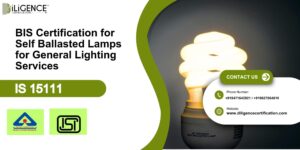
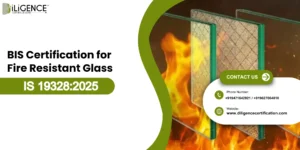
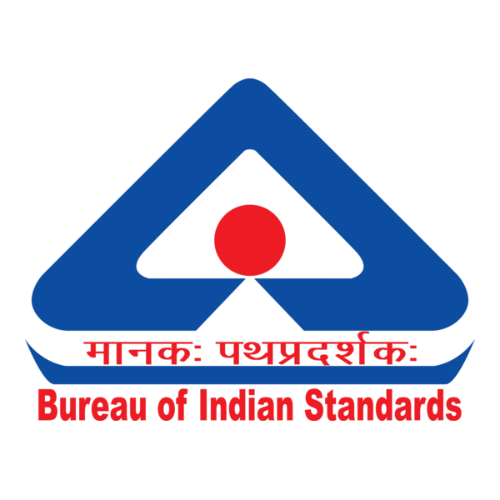 BIS Certification
BIS Certification
 CDSCO
CDSCO
 CPCB
CPCB
 LMPC
LMPC
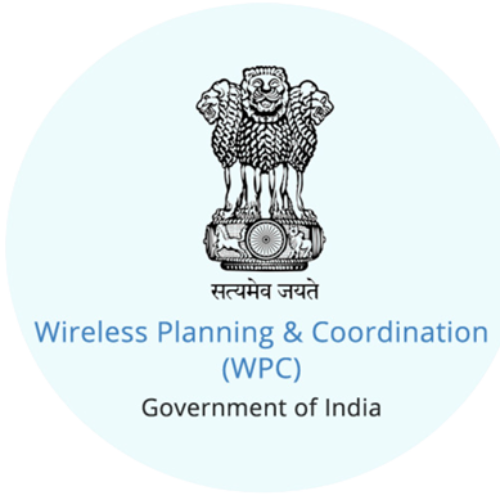 WPC Approval
WPC Approval
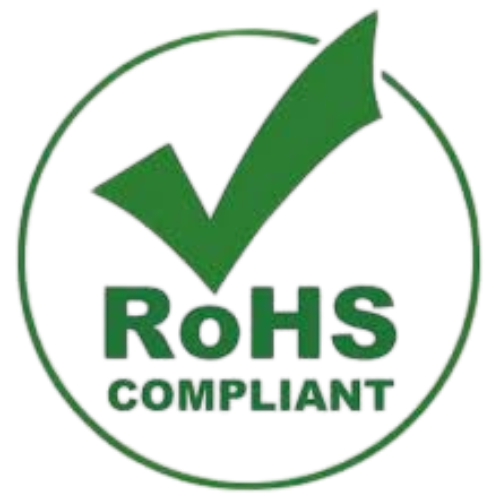 Global Approvals
Global Approvals
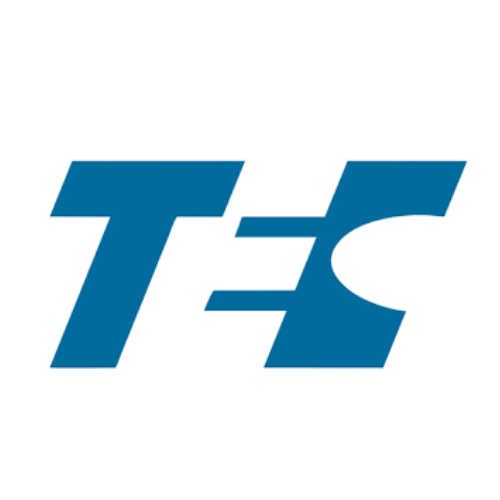 TEC
TEC
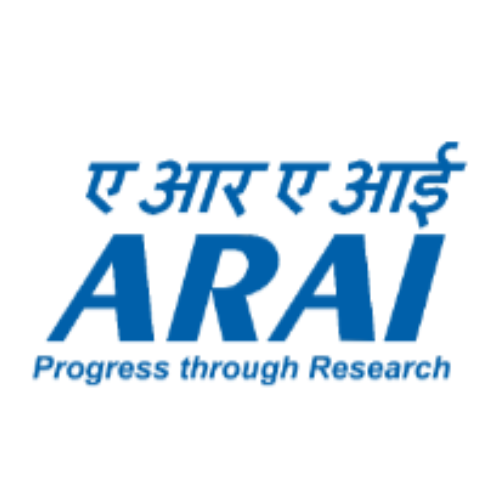 ARAI
ARAI
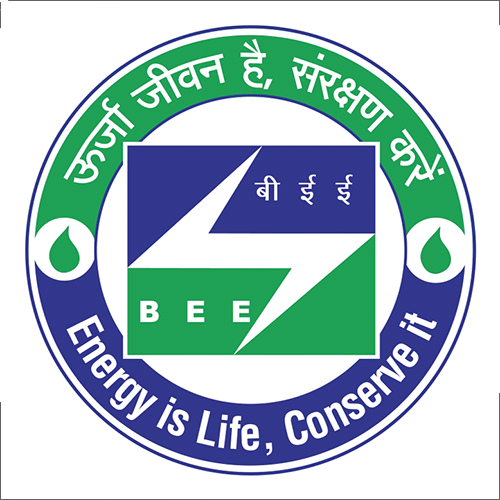 BEE
BEE
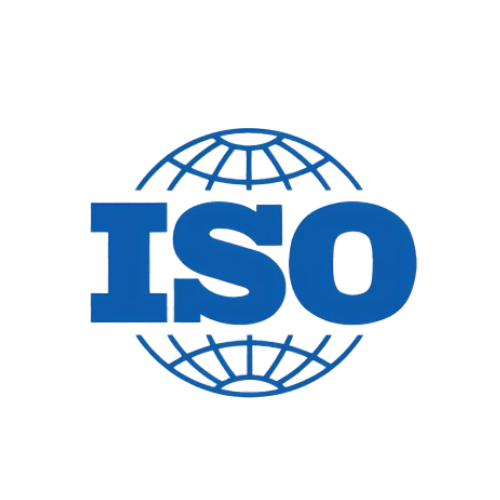 ISO Certification
ISO Certification
 Drone Registration
Drone Registration
 NOC For Steel
NOC For Steel


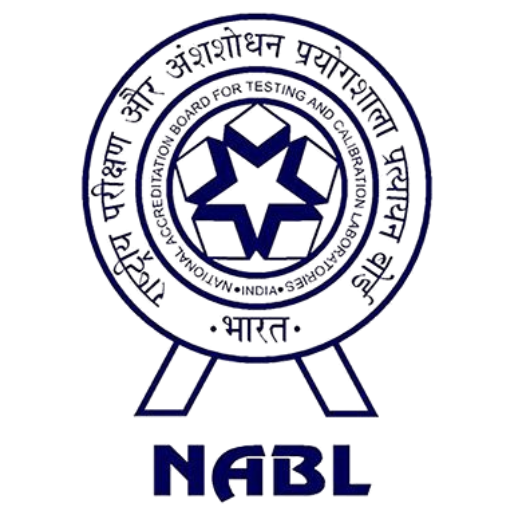
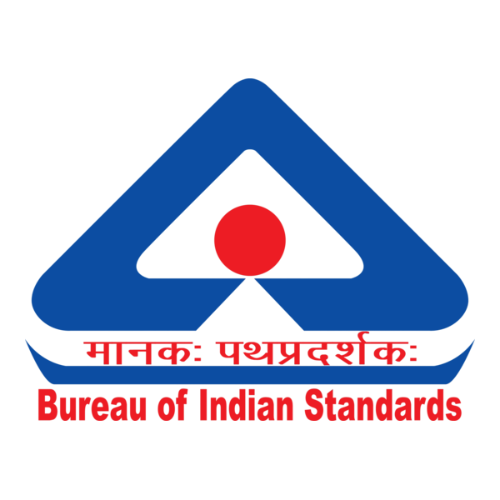
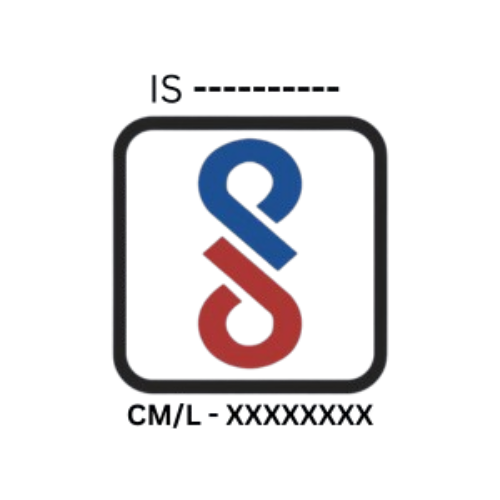



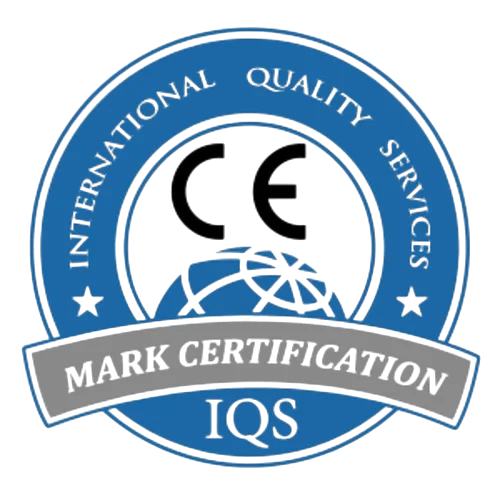


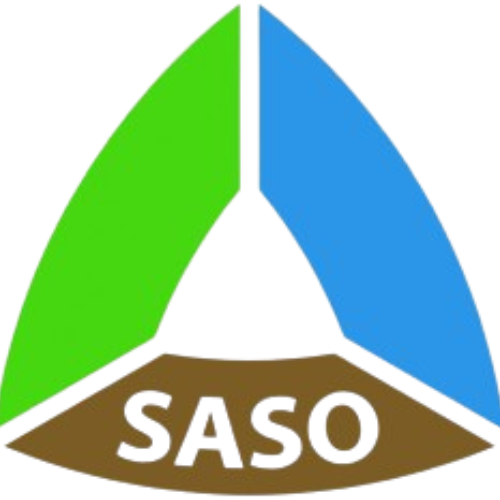

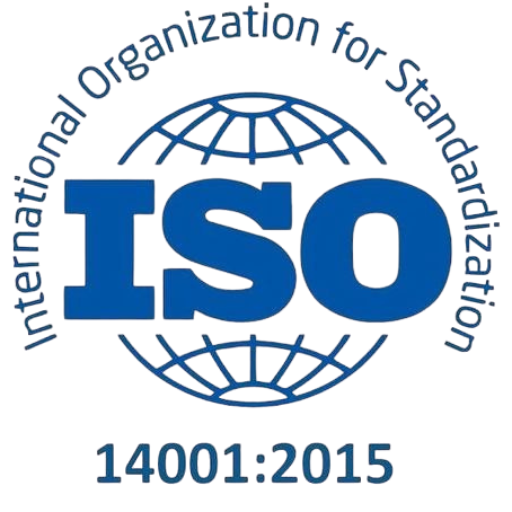
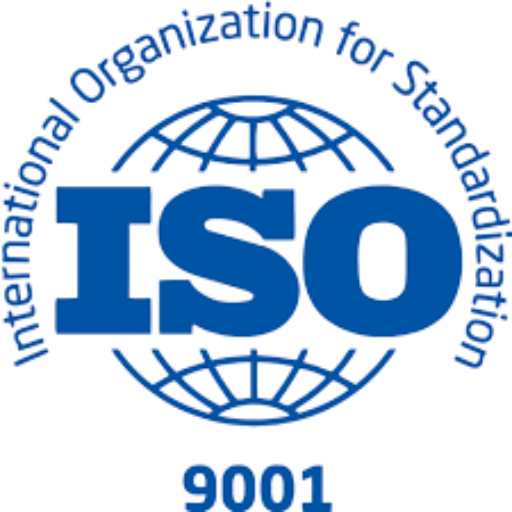
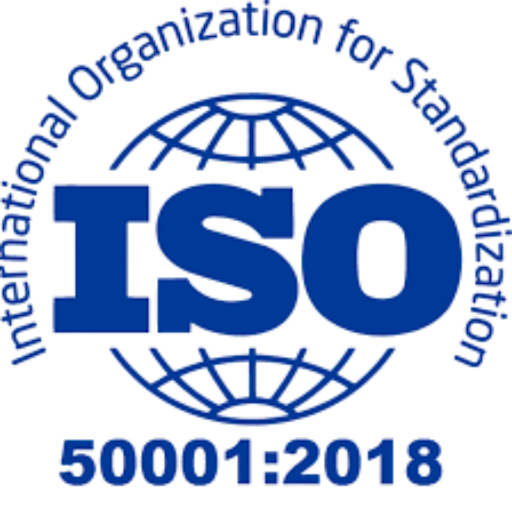
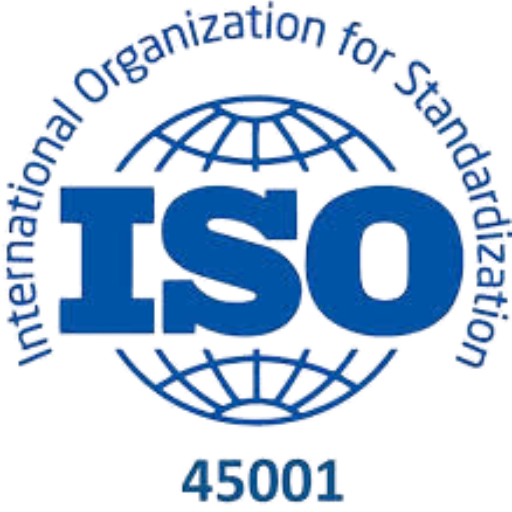
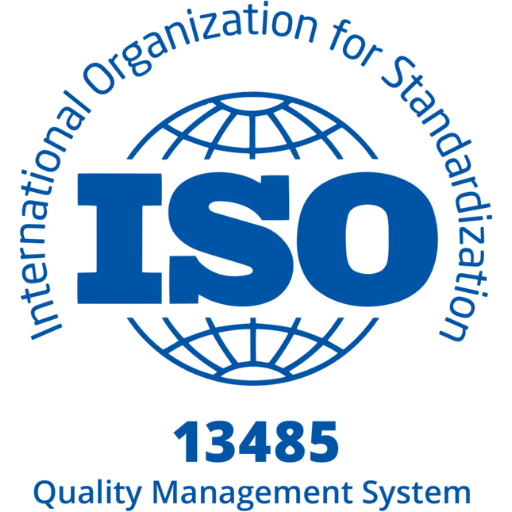
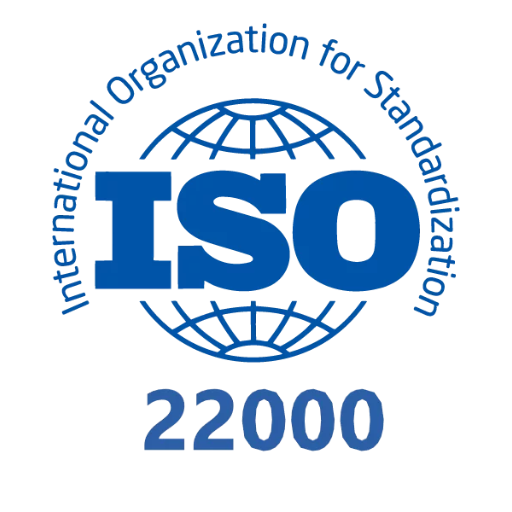
 Business Registration
Business Registration





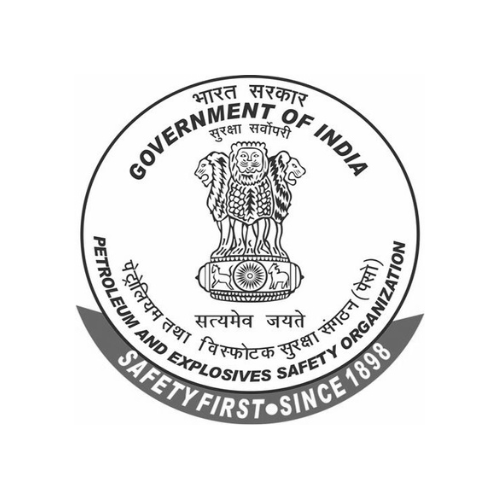






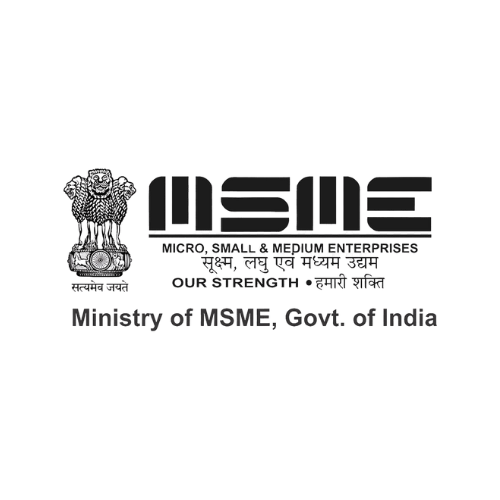


 Legal Services
Legal Services
